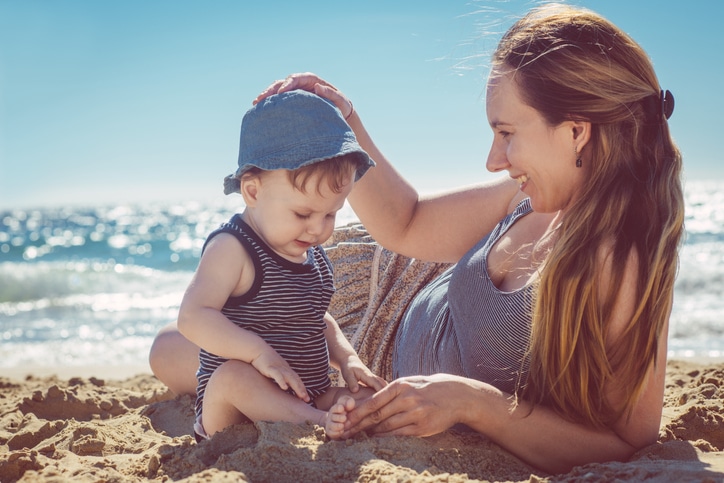
So, sitting in the sun for a while is good for you…just not a long while. While the amount you need varies depending on how effective the melanin in your skin is in blocking the sun’s rays, you can just estimate the time at 15 minutes of unprotected exposure for a person with light skin or a couple hours for a person with dark skin.
Of course, sitting out in the sun for hours was never about creating vitamin D; it was about getting tan. While it’s not the rage now, back just a couple decades back, women would lay out with no sun protection and would use baby oil to escalate the sun’s effects on their skin.
As a dermatologist, Dr. Musick sees the results of all of that sun exposure. Skin cancer. As we enter summer here in Swansea, let’s have a little information on the mutations of your skin cells caused by the sun’s UV rays.
What is skin cancer?
Every time you’re out in the sun without sunscreen, you’re increasing your chances of developing skin cancer. That said, it would be a pretty boring life if we all stayed inside 24 hours a day! Plus, we do need the vitamin D production mentioned above.
Of course, you need to apply 30 spf sunscreen whenever you go outdoors for longer periods of time, such as on a hike or playing golf or swimming. Still, your body will be receiving ultraviolet rays from the sun; those are the rays that trigger the development of skin cancer.
There are three types of skin cancer, and it is wise to know the difference between them.
Basil cell carcinoma — This usually occurs on areas of the body that are frequently exposed to the sun such as your neck and face. This shows itself as a reddish patch on your skin that stays crusty and won’t heal, or a flesh-colored or brown scar-like lesion. Basil cell carcinomas forms on the epidermis, the outer layer of the skin. Basil cell growths are slow-growing and usually easily stopped if caught early.
Squamous cell carcinoma — This type of skin cancer also develops on areas directly exposed to the sun. It forms in the squamous cells, which are flat cells on the surface of the skin. It often develops in people with darker skin tones. The growth looks like a hard, reddish bump on the skin, an open sore that bleeds, or a scaly patch.
Melanoma — This is the M word, the skin cancer that kills the most people because it can metastasize and spread throughout the body. Melanoma often appears on the face or trunk of men, and the legs of women, but it can develop anywhere, even on skin that isn’t exposed to the sun. For melanoma, watch for a mole that changes size, color, or bleeds. New dark spots on the skin, brown or black streaks underneath a fingernail or toenail. Even a bruise on the foot that won’t seem to go away. Melanoma is dangerous because it can grow downward and start depositing cancer cells into the bloodstream, where they can then end up anywhere in the body.
It’s a good idea, especially if you’re over the age of 40, to have Dr. Musick check your skin for the presence of skin cancer once a year. These are simple appointments, and Dr. Musick will likely spray some pre-cancerous growths with liquid nitrogen and they’ll peel away before becoming a squamous or basal cell growth. Most important, he’ll check for any signs of melanoma.
Is it time for your yearly skin check? Call Dr. Musick at (618) 628-2588 to schedule your appointment.

